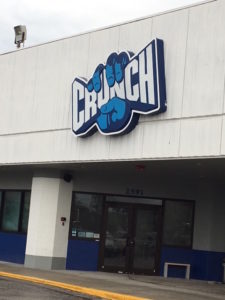 What makes a gym?
What makes a gym?
Is it the size of the facility and the amenities offered? Is it the group fitness instructors and the demographics of the members?
It is simply the price point and location?
In February of 2018, my longtime gym closed. It had been an LA Fitness for six years and a Lifestyle Family Fitness for a decade before that. The closing was long rumored. Supposedly a Cheesecake Factory, of all things, was assuming the lease. Or perhaps it would be the car dealership that was using our sprawling parking lot for overflow inventory.
Many of my fellow members, figuring the building’s days as a gym were over, scattered to other facilities, including a new LA Fitness 10 minutes away.
That was too far for me. So for the next six months I worked out at home. I did more standup paddleboarding and took yoga classes.
Then, much to everyone’s surprise, Crunch Fitness put up “coming soon” signs. The gym was gutted and remodeled and Crunch reopened in October offering memberships for as little as $10 a month.
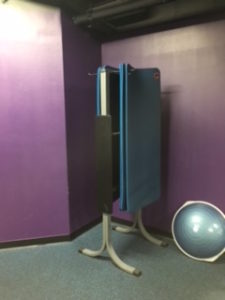 So like a drunk that returns to the same bar through name and ownership changes, I came back to the gym, which had a totally different vibe. It had the usual assortment of weights and machines, many placed in the same spots as the LA Fitness configuration. Gone was the group cycling classroom where I had taken classes for more than a decade, the walls blown out to open up the room. The same was true of the “kid’s club” area where my sons, now teenagers, once spent many hours as toddlers.
So like a drunk that returns to the same bar through name and ownership changes, I came back to the gym, which had a totally different vibe. It had the usual assortment of weights and machines, many placed in the same spots as the LA Fitness configuration. Gone was the group cycling classroom where I had taken classes for more than a decade, the walls blown out to open up the room. The same was true of the “kid’s club” area where my sons, now teenagers, once spent many hours as toddlers.
Another part of the gym, clearly inspired by CrossFit, features weighted sleds and tires for flipping. There are heavy bags and MMA training tools. A lower level workout space was enclosed for tanning beds.
Though I’m told the women’s locker room received a major overhaul, the men’s room only received a new floor. The lockers missing doors from the LA Fitness era still were missing doors.
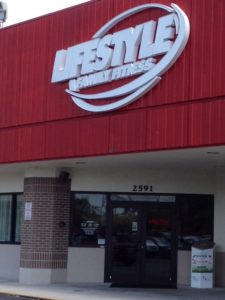 The biggest change was in the demographics. It seemed like I’d aged 15 years in just 9 months, going from slightly older than the median age at LA Fitness to one of the oldest in the room. Credit that to the Crunch vibe or the lower price point.
The biggest change was in the demographics. It seemed like I’d aged 15 years in just 9 months, going from slightly older than the median age at LA Fitness to one of the oldest in the room. Credit that to the Crunch vibe or the lower price point.
I’m not bothered by being the old man, though it seems there are more people walking around staring at their phones. They get in the way at times.
A handful of my LA Fitness brethren have returned. They live close to the building, too. Maybe we’re just creatures of habit.
Or maybe it’s all about real estate: location, location, location.

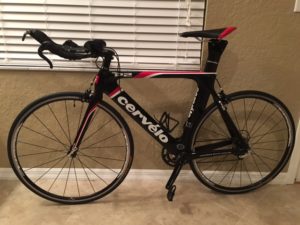 It’s been said that an athlete dies two deaths. The second is the inevitable. The first is the end of a competitive playing career.
It’s been said that an athlete dies two deaths. The second is the inevitable. The first is the end of a competitive playing career.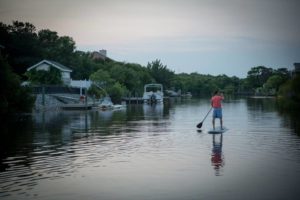 Like life itself, it’s never too late to reinvent yourself as an athlete. I once swam with a group of mostly senior women as part of a masters swim program. One particularly fit woman told me she once did triathlons but had given that up and focused on swimming and weight training. I thought she was in her early fifties, but she was 66.
Like life itself, it’s never too late to reinvent yourself as an athlete. I once swam with a group of mostly senior women as part of a masters swim program. One particularly fit woman told me she once did triathlons but had given that up and focused on swimming and weight training. I thought she was in her early fifties, but she was 66.